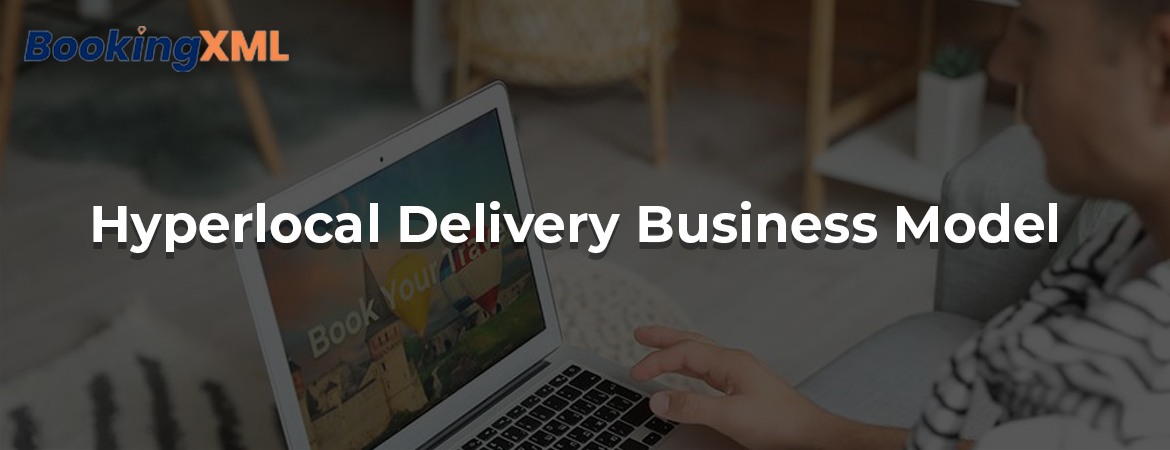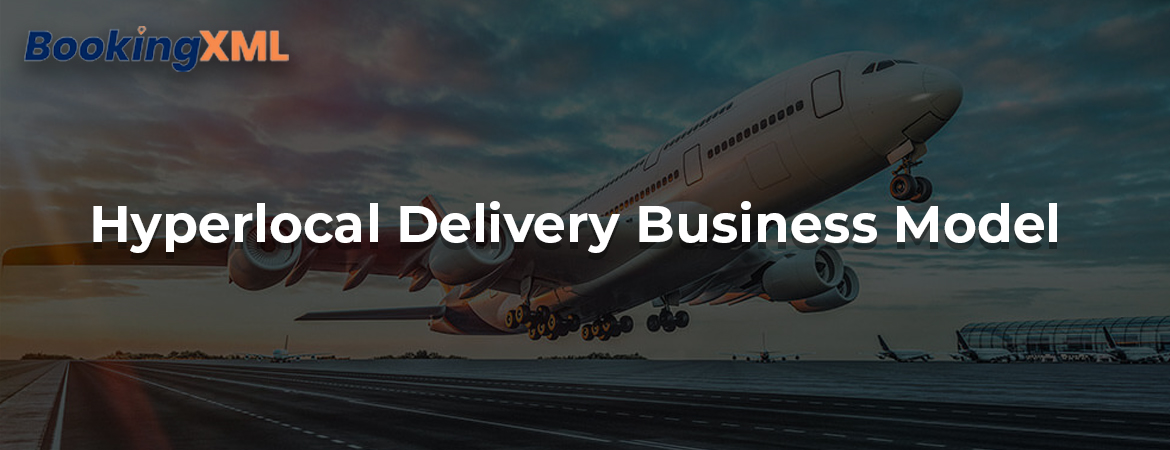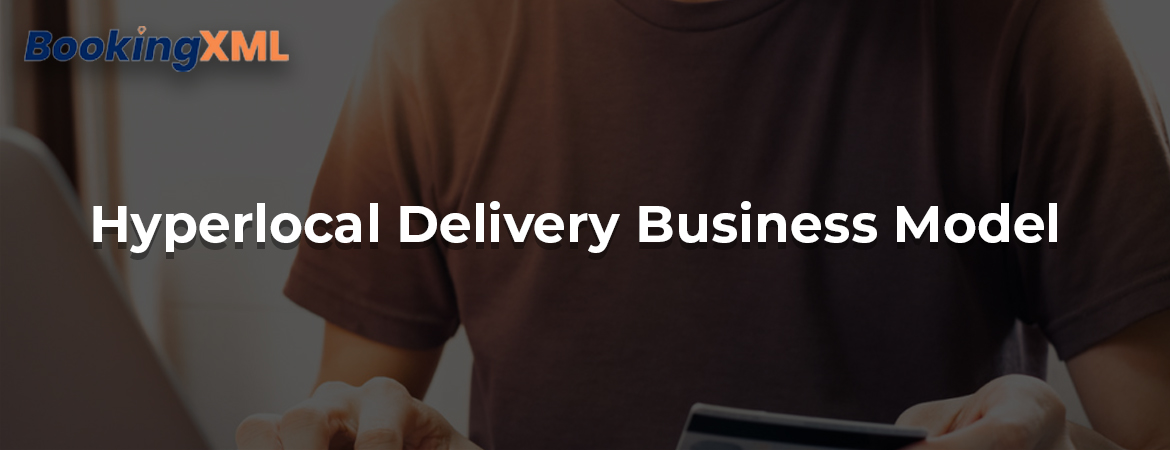
Bookingxml is an international travel technology and travel software company and we serve travel companies from 100+ countries across four continents. Bookingxml platform is powered by 200+ suppliers across flight, hotels, car, sightseeing, vacations and other ground services.
We partner with our clients to provide strong distribution capabilities - B2B/B2C / B2B2C travel technology, automate travel business process, powerful back office system, flexible content management system and feature a unique standardization element.
Bookingxml develop and enable access to extensive range of travel suppliers which includes all GDS, LCCs, 600,000+ Hotels, 200,000 Activities, 50000+ Car rental locations, Crusies, Eurail, Bus, Insurance and tours and travel experiences worldwide.
One of the leading online booking engine providers EXCLUSIVELY for travel agencies. Our aim is to provide you with a fast and easy online access to the products your clients are asking for, wherever and whenever that may be.

Buying groceries to ordering food, purchasing medicine to renting furniture, the rise of on-demand apps have made our lives easier than before. Smartphones have become the game-changer for the on-demand delivery business models.
Consumers now prefer to get all their basic needs services at their doorstep so that they can save that amount of time and can relax till their order gets delivered.
These on-demand apps have given acceleration to one such business that is known as hyperlocal business. The hyperlocal delivery business model is a perfect example of how technological advancements can unite with the age-old favorite shopping methods.
What is the Hyperlocal Delivery Business Model?
The term ‘Hyperlocal’ refers to a small geographical area’. The hyperlocal delivery model is when the delivery of products is done within a particular geographical area. The pickup location from where the order is packed and the customer’s address should lie within the same Pin code.
This kind of delivery model works mostly in cases of groceries, medicines, regular household items, food delivery, and even services such as plumbers, electricians, carpenters, etc. The USP of hyperlocal e-commerce businesses lies in their ability to deliver products and services at unbelievably fast speed.
Best Online Hyperlocal Delivery Business Model - Complete Guide for Ordering and Delivery Marketplace
BookingXML is a leading Hyperlocal Ecommerce Website Development Company, provides hyperlocal delivery business model to empower various business owners and enterprise to launch their own ecommerce store in both ios and android platform.
We are one of the best professional eCommerce web development companies globally, and all our clients have experienced huge benefits through the implementation of our custom eCommerce development solutions.
We provide e-commerce web development support to clients with great software and development services for their exclusive requirements. Our highly dedicated developers ensure that our client requirements fully fill their deadlines.
We help eCommerce companies to carry out hassle-free, seamless pickup and delivery operations, with real-time tracking and management.
Ecommerce companies now get better visibility and grab a larger customer base, with its focus only on the customer service with the E-commerce shipping management software.
Our expert developers build customized e-commerce websites to build up your company completely while delivering success as well as an online business.
How to build a Hyperlocal Delivery Network?

Choose the product you want to deliver or sell
Identify your Target Audience
Market your product in your locality
Build local partnerships with delivery agents
Building a network is an essential part of any business. in this, you must create partnerships with two different parties – a delivery partner and the local merchants.
You could receive the customer's orders through your mobile app and ask the local merchants to send their delivery personnel to deliver the order. You can also opt for partnering with a delivery agency. Often delivery partners charge a fixed price per delivery and impose a minimum delivery cap.
Decide on a Revenue model
Your revenue model depends on two sources – commissions from the merchant-partners and delivery charges from the customers. Your local partners pay you an agreed percentage of the order amount as commission on every order placed from their store.
Your partners will be happy to pay you more if you bring them more business. You can charge your customers a convenience fee if you wish, as most businesses are providing free delivery services.
Launch a hyperlocal mobile app
Key Features of Hyperlocal Delivery Marketplace
Hyperlocal marketplaces provide businesses an opportunity to connect with the locals in the vicinity for their shopping needs. Here are the core features enabling the popularity of the hyperlocal business model:
Admin support
Multiple store checkout
Distance calculation
Customer chats
Delivery slot details
Vendor registrations
Inventory management
Shipping management
Services That Can Be Delivered Under the Hyperlocal Model
There are several products and services that can be availed with hyperlocal delivery, these include:
Grocery delivery
Food ordering services
Handyman services
Personal care services
Offers from local stores
Different Hyperlocal Delivery Business Models
There are multiple services that can be fulfilled by hyperlocal and you need to narrow your niche before you go any further. This will depend on your expertise as well as the demands of the area in which you want to open this business. Another thing to think about is the business model you will have for your company.
The Hyperlocal industry has a way of solving current problems in an advanced manner. This is the reason why the industry is gaining so much traction and becoming a great investment opportunity for entrepreneurs. But showing interest is not enough, owing to the fact that the industry is huge there are multiple ways in which you go about if you want to start a hyperlocal business.
There are various models you can choose from. Additionally, these models are not black and white, you can also have some features from a particular model and pick others from a different business model. It all depends on your individual requirements.
People who start these companies are offering a great amount of exposure to offline stores as well as logistics partners. At the same time, they make sure that these retailers get maximum results without having to put in too much effort. It also helps customers as they get to try different stores out and test their quality and receive offers along with it.
All in all, the hyperlocal industry has given a great push to all the stakeholders and made them be on their best game in order to service the customers in the best way possible. It also makes sure that these customers are getting products of the best standard because now retailers know that the customers have more options.
Before we go any further, let’s understand these different models that occur under hyperlocal delivery to help you choose one.
1. Aggregator Model
An aggregator model is one of the most common hyperlocal delivery models because it is not capital intensive. In this model, the company acts as a mediator between offline retailers and consumers.
The company itself has no assets or inventory, all it does is partner with other retailers and then sell its products using its own platform. Hence, in this way, the company offers an online audience to the physical store and helps them in promoting their store to the consumers that live near them.
This model is most commonly seen under food delivery, grocery delivery, personal care services, and handyman delivery. For handyman delivery, you can receive services like plumbing, carpentry, electrician and gardening, etc.
Almost all of the services can be offered using this model because it generally only requires tie-ups with other retailers. A few of the examples of companies that follow this model include Postmates, Instacart, Zomato, Housejoy, Urbanclap, GrubHub, TaskRabbit, etc.
2. Store Pick Model
Under the store pick model, consumers generally order stuff online but they pick up the items from the retailers themselves. This model is generally followed by companies that want their consumers to get the products they want at a time convenient for them.
This means that your order will be prepared for you before you reach the retailer, all you have to do is go there. It also makes sure that customers don’t have to wait in lines to pay at the store.
This model is generally followed by grocery businesses, for example, Tesco, Walmart, Target, and Safeway.
3. Hybrid Model
The hybrid model is generally a model that implements more than one of these other models. For example, some stores allow you to order products online as well as offer store pick-up offers. Examples include Instacart, DoorDash, Deliveroo, etc.
Offers From Local Retailers- There are also other hyperlocal apps that do not deliver any products to your doorstep but show you various offers and discounts you can receive from other retailers nearby. These apps are generally used to find discounts that you can avail in different stores and the same can be used either on websites or physical stores of these retailers.
With people becoming more and more open to the idea of online delivery, we think this is the right time to invest in a hyperlocal business. The idea behind these is very simple and can be implemented without huge amounts of capital. Once you sort the basic things, the only thing that is required is to stay on top of your customer service game.
4. Single Store Model
The single-store model is generally implemented by retailers that have already set up their offline businesses and want to go online now. A Single store model generally sells products from only a particular retailer. It can be implemented when an offline retailer decides to build an app for its products or it can also be implemented by a company that has its app and now decides to hold its own inventory instead of selling the products of another retailer.
This model can be used to sell products under food ordering or can also be used to sell services under personal care. Companies like Dominos, Pizza Hut, Popeyes, and Chipotle have their own website that allows customers to purchase products and then get them delivered to their homes. These chains are a great example of a single-store model.
This model is also implemented by companies that deliver grocery items for a particular meal like HelloFresh and Blue Apron. They offer ingredients and recipes for meals and these ingredients are generally stored in their own warehouses.
Advantages of Adopting Hyperlocal Model

The demand for online deliveries is increasing day by day, and no wonder local sellers are investing their resources in the hyperlocal business model. Key benefits of investing in the hyperlocal business model are:
Better inventory quality
Customizable delivery timings
No stringent packaging guidelines
No additional investments
Diverse product catalog
Quick product deliveries
Conclusion
A hyperlocal delivery system may be done with anything, such as taxis, automobiles, bikes, or public transportation, and it can happen with anything, such as car service, grocery, food, and so on. Today, the majority of hyperlocal delivery methods are just in time.
Building relationships with other merchants and delivery providers, targeting the proper audience, and developing a fantastic mobile app all take time. However, all of these factors will provide your company with the competitive advantage it requires.
Our primary goal at BookingXML is to provide efficient and innovative e-commerce solutions and online marketplace extensions so that your e-commerce experience is as seamless as possible.
We can assist and support you with anything connected to e-commerce, whether you want to establish an online grocery shop, a food store, or a delivery app.
